#134 in Vietnam
Popular Kẹo Dừa Variations

Kẹo Dừa Bến Tre

Kẹo Dừa Lá Dứa
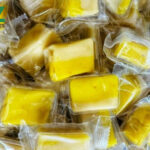
Kẹo Dừa Sầu Riêng

Kẹo Dừa Đậu Phộng
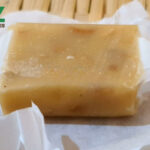
Kẹo Dừa Hạt Điều

Kẹo Dừa Khoai Môn
Kẹo Dừa: Ingredients and Preparation
Main Ingredients
Main Cooking Method
Preparation Process
Kẹo Dừa: A Deep Dive
Cultural Significance
Taste
Texture
Aroma
Color
Serving Style
Serving Temperature
Accompaniment
Occasions
Seasons
Special Diets
Calories
Popularity
Popular Similar Dishes
- Kẹo gừng
- Kẹo Lạc
- Mè Xửng
Popular Dining Area
Kẹo dừa, or coconut candy, is a Vietnamese specialty from the Ben Tre Province in the country made by combining coconut milk and coconut cream. Thanks to the abundant amount of coconut plants in Ben Tre, traditional kẹo dừa was usually associated with the Mo Cay area.
First created by a woman named Nguyen Thi Ngoc, the candy was first called “kẹo Mỏ Cày” before changing its name to kẹo dừa Bến Tre by Nguyen Thi Vinh in 1970. With the name changed, the kẹo dừa recipe combines coconut milk with maltose and sugar.
Once set and cool, the candy is super sticky and chewy and often comes in a brown color. Additionally, kẹo dừa is also dyed green using pandan leaves for an aromatic taste. Plus, this Vietnamese coconut candy is often wrapped with a thin layer of rice paper mixed with crushed peanuts.
Get ready to explore more about kẹo dừa with various versions of this candy. Then, explore the process of making kẹo dừa before diving into the positive and negative features of eating this coconut candy. Also, I suggest taking a look at the common concerns of kẹo dừa before exploring other candy options of the same concept.
Key Points
Kẹo Dừa Images
What Are the Variants of Kẹo Dừa?
Kẹo dừa is not simply full of coconut flavor since this candy is also infused with a wide range of flavors for people to explore. Below are 7 most popular variants of kẹo dừa to consider:

Kẹo Dừa Bến Tre
Traditional coconut candy from Ben Tre
Possesses a rich coconut flavor

Kẹo Dừa Lá Dứa
Coconut candy flavored with pandan leaves
Has a unique aroma and green color

Kẹo Dừa Sầu Riêng
Infused with the flavor of durian
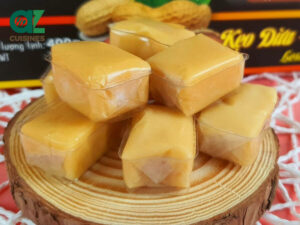
Kẹo Dừa Đậu Phộng
Includes peanuts, adding a nutty flavor and crunchy texture

Kẹo Dừa Hạt Điều
Features cashew nuts, providing a creamy, rich taste and additional crunch

Kẹo Dừa Khoai Môn
Made with taro, offering a slightly earthy flavor

Kẹo Dừa Cuộn
A rolled version of kẹo dừa
In case you find kẹo dừa an interesting treat, make sure to fully comprehend this candy by looking into its creation process.
How to Make Kẹo Dừa?
In Vietnam, kẹo dừa is made using a process of cooking coconut with sugar and other ingredients until it reaches a chewy, candy-like consistency. Here’s a general overview of the process:
Step 1: Prepare Ingredients
You’ll need grated coconut meat, sugar, and any additional flavors or ingredients specific to the variation you’re making (like pandan leaves for color and aroma, or nuts for added texture).
Step 2: Cook the Mixture
Combine the coconut and sugar in a large pan. Cook over medium heat, stirring constantly. The sugar will melt and mix with the coconut, creating a sticky mixture.
Step 3: Add Flavors
If you’re adding any additional flavors (like vanilla extract, pandan extract, or durian paste), incorporate them once the sugar has fully melted and combined with the coconut.
Step 4: Thicken the Mixture
Continue cooking and stirring the mixture until it thickens and starts to pull away from the sides of the pan. This can take some time and requires constant attention to prevent burning.
Step 5: Shape the Candy
Once the mixture is thick and sticky, transfer it to your station. Flatten it into an even layer, and let it cool slightly. While still warm, cut it into small squares or rectangles.
Step 6: Cool and Wrap
Allow the candies to cool completely. They will firm up as they cool. Once cooled, wrap each piece in wax paper or cellophane for storage.
Also, you should explore some of the benefits and drawbacks that people will face when eating this coconut candy from Vietnam.
Pros and Cons of Eating Kẹo Dừa
Before eating kẹo dừa, you should know about the good and bad features of this sweet treat to avoid any unwanted effects:
Pros
Cons
To know more about this coconut candy in Vietnam, I suggest taking a peek at the inquiries related to kẹo dừa.



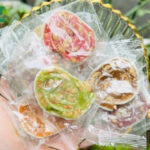



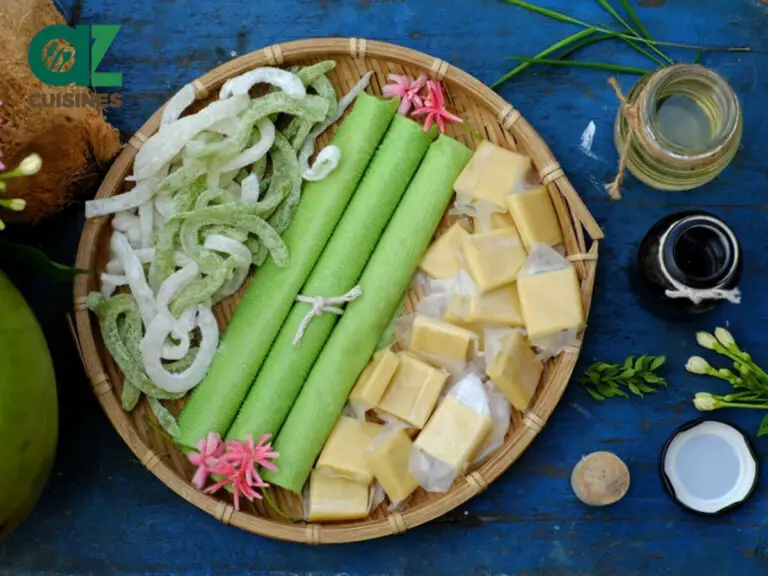
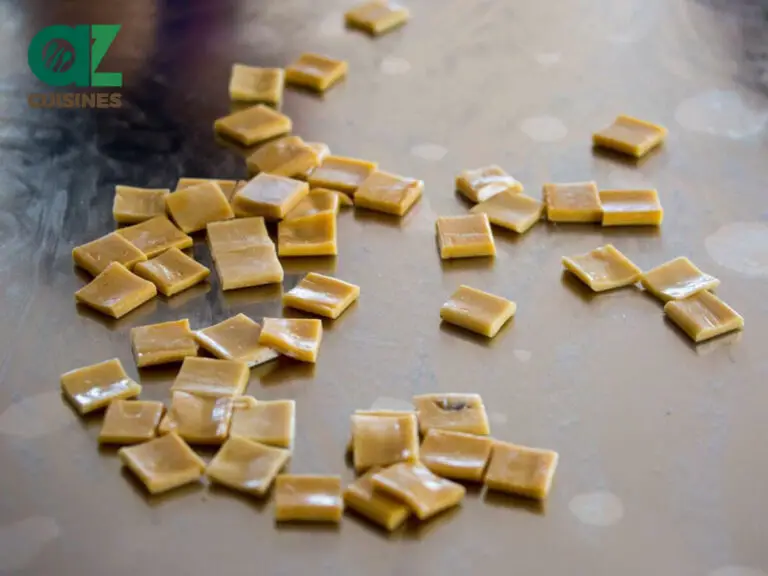
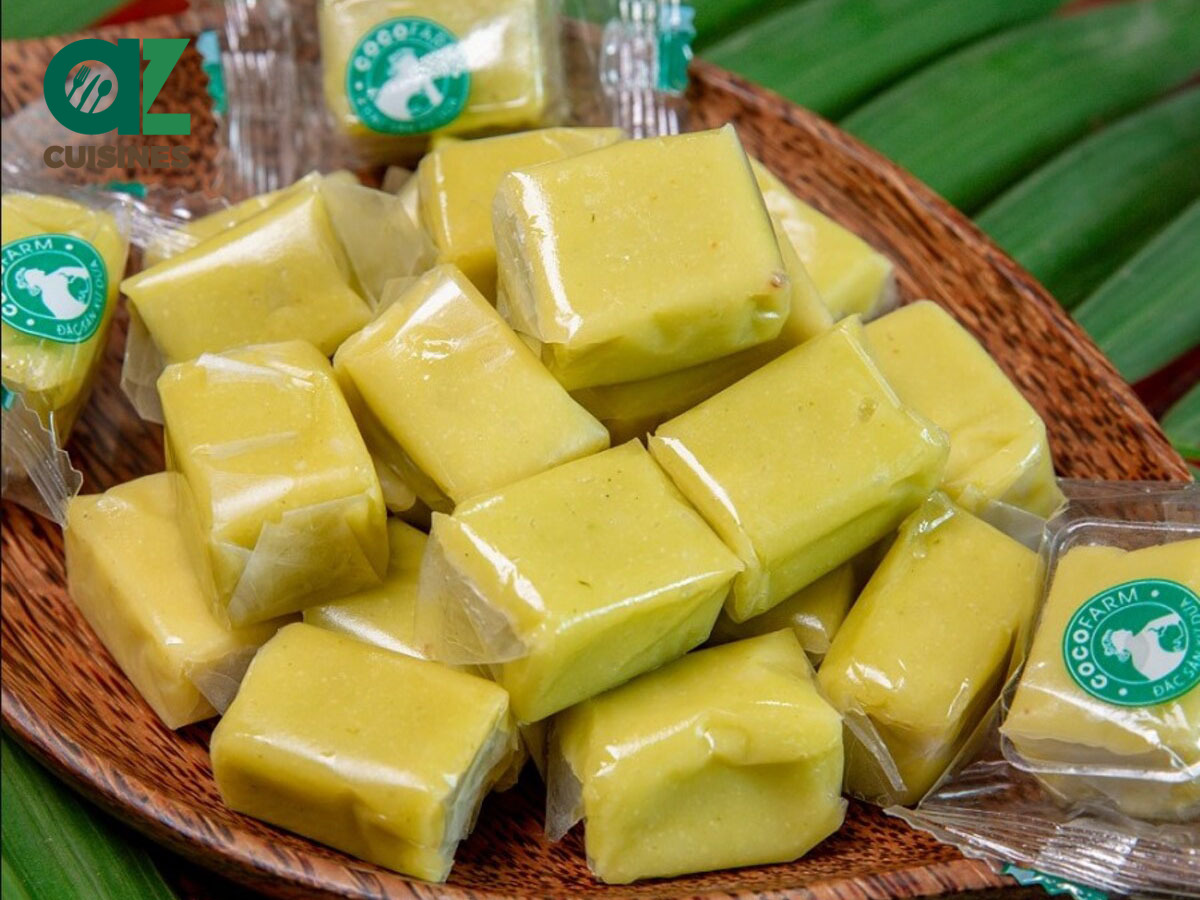





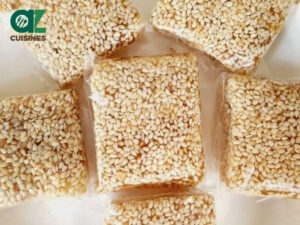
Truc Tran (Kris)
Senior Food Editor
Expertise
Home Cooking, Meal Planning, Recipe Development, Baking and Pastry, Food Editor, Cooking-video Maker, Vietnamese Food Evaluation Expert
Education
Truc Tran (Kris), an experienced food writer and editor, is great at exploring and describing global cuisines, from simple street food to fancy dining. In her writing, she skillfully mixes different flavors, cooking methods, and culinary traditions, showing the unique character of various cultures through their food and drinks. On azcuisines.com, Kris highlights her knowledge, especially in Asian cuisine and worldwide traditional dishes.